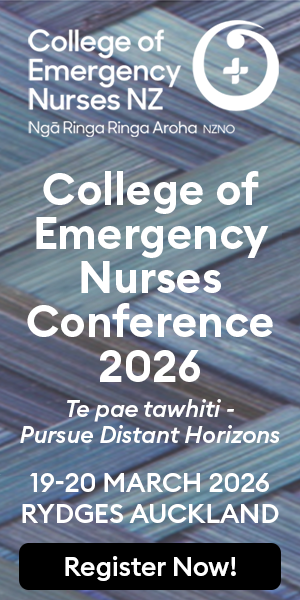For today’s nursing students, many of whom were born in the 21st century, the year 1956 is a far-gone era, when people lived and thought differently.
It was a mere 11 years after the end of World War II. Young New Zealand men still attended compulsory military training. And for young women, nursing was one of the few generally accessible career options — along with teaching and clerical work — before marriage and children.
Start of a long career
It was the year Isabelle Sherrard (née Leeburn) entered the nursing school at Christchurch Hospital, and thus began a long career in a profession that has changed profoundly in the ensuing years. Sherrard went on to become a renowned nursing educator in the latter part of the 20th century, leading the establishment of the nursing school at Carrington Polytechnic (which became Unitec).
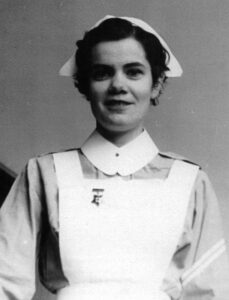
Back in 1956, being a nursing student meant something quite different from now, as she explains in her memoir, My Life Story: “In 1956 the public hospitals of New Zealand were staffed by students in training. There were very few registered nurses employed to work with patients.
“The ward sister and perhaps one staff nurse in a ward of 40 patients might have been registered nurses on the day shift. On the night shift a registered nurse might have been the supervisor for the entire hospital.”
This was the “hospital training” or apprenticeship model of nursing education.
Sherrard was one of an intake of 48 young women at Christchurch Hospital, aged 18-25, most straight out of high school.
For the first three months, spent in preliminary school, they were known as “Pinkies”, named after the long pink dress they wore, along with starched cuffs, collars and belt, attached by studs. The uniform was completed with a long white apron, starched cap and navy cloak. Right from the start their name badges described them as “Nurse so and so”.
They lived in hostels and their freedom was carefully controlled, having to be back inside by 9.30pm each night. The “Pinkies” had classes at the hospital’s nursing school through the week, a day off on Saturday, and then on Sunday morning visited wards to see how the hospital worked.
Sherrard recalls at this stage learning nursing fundamentals such as how to make a bed with a patient in it, and anatomy and physiology in some detail. “The focus of our training was on the well body with nothing on how to relate to an ill person or worried family.”
After three months, the uniform dress changed to grey and the students became junior probationers, starting work on the wards. They now worked five days a week at the hospital, had one day off and one day of lectures. The hospital was run to strict routine with a set hierarchy, dominated by doctors, and the student nurses moved up through the ranks of this hierarchy year by year.
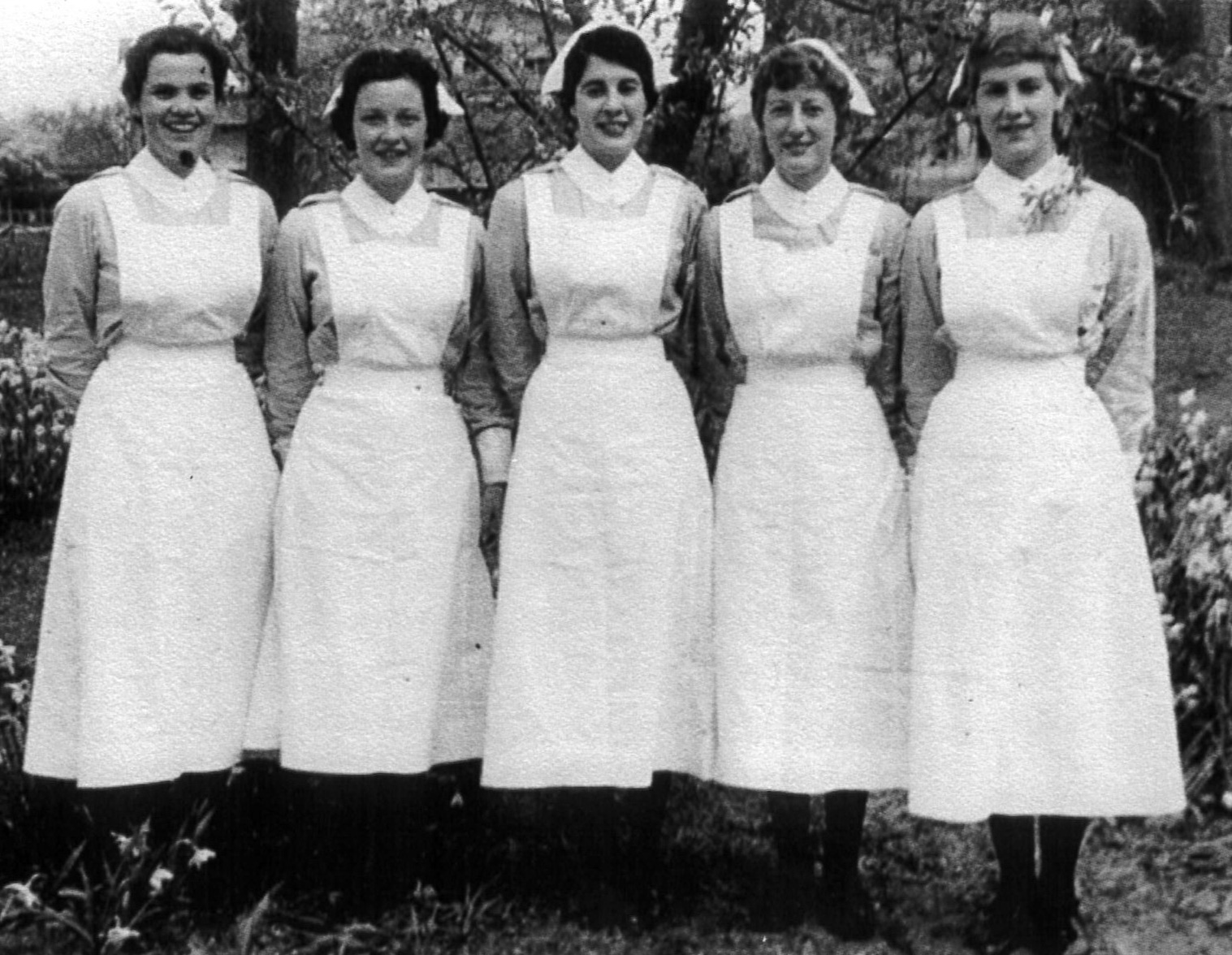
In her first year, Sherrard recalls working in a men’s ward – she was responsible for eight patients who were in the last stages of recovery.
Seventeen patients died during her first two weeks. “This was not seen as out of the ordinary, as it was end of winter and they often died on night shift. Most who died were pretty old, but there was a 39-year-old who died of a massive heart attack – this was before the days of resuscitation.
‘One of the most difficult questions’
“Then there was the terminally ill man who asked me one of the most difficult questions I have ever been asked. I took this man a bowl of hot water for a bed bath, and he said: ‘Why won’t the body give up?’
“I was speechless and spent the next 20 minutes or so crying in the ward linen cupboard. I knew what he was asking but had no idea what to say. I have told many students this story in more recent years.”
She remembers one elderly man admitted as a “social admission”.
“This meant there was no medical reason for him to be in hospital but there was nowhere else for him to go. He had been found by somebody sleeping in a shed somewhere in rural Canterbury.
‘I think I knew how inadequate my level of knowledge was at the time but that was how it was, and no one questioned what this was all about.’
“He was filthy and I had to undress him and give him a wash. I have never forgotten his toenails which looked to me as though they had never been cut. They were like the claws of a big bird.”
She recalls coming into work at 5.30am rather than 6am on the morning shift to ensure the ward was spick and span and all the patients clean and tidy for the doctors’ morning rounds. “The priorities were back to front, as I reflect now, but we did not ask any questions.”
She remembers the theory they were learning was not connected to their practice, and recalls feeling her lack of knowledge when nursing some patients. However she said she and her fellow students managed to avoid making mistakes.
“I remember learning how fractures heal on a study day and at the same time looking after a man in a uraemic coma. I did not know enough to have this patient assignment.
“I think I knew how inadequate my level of knowledge was at the time but that was how it was, and no one questioned what this was all about. We did our best, kept to routine and I do not remember much going wrong.”
Whatever the drawbacks of such a hospital system from today’s perspective, Sherrard was good at nursing and loved hospital life. When she graduated as a registered general nurse at the end of 1959, her fiance Evan Sherrard suggested she quit nursing and marry him. Although they did marry, days after her graduation, she rejected his other suggestion, which she says was “one of the best decisions I ever made”.
Nursing degree required in the US
What she did do was accompany her husband, a Presbyterian minister in training, to Northern Ireland and the United States, to further his education. Sherrard felt at a disadvantage and struggled to get work in American hospitals because that country required registered nurses to have a nursing degree.
She gained important experience both in Texas, working as a lower level “graduate nurse”, and in Michigan, after attending a 12-week course on obstetrics and psychiatric nursing which allowed her to practise in that state.
Her contact with academically trained nurses in Michigan introduced her to the concept of the “nursing process”, which she hadn’t heard of before, and led her to appreciate the value of university education and research.

While working at the University of Michigan Burn Centre, she began to understand the notion of “nursing the whole person”.
“When a person has a serious burn, the whole person is involved. I learned that the medical model was insufficient. These people required every medical specialty . . . Burns cause terrible suffering and the mind struggles with everything. Nursing these people included their minds as best we could.”
‘When a person has a serious burn, the whole person is involved. I learned that the medical model was insufficient.’
In Michigan, her abilities were recognised when she landed a job as head nurse of a urology and haematology unit, with the ability to hire and fire. In terms of handling staff, “I discovered that if I valued my staff, they would be good with our patients.”
Her move from clinical practice into nursing education came in the 1970s when she and her family returned to New Zealand and settled in Auckland. Anxious to avoid shiftwork because of its stresses on family life – they had two young school-age children — she applied for and was accepted as a nurse tutor at the Greenlane school of nursing.
“I began teaching in Introductory School in July 1976 and I loved it. I think I was ready to give up on sick and dying people in exchange for young trainees who were eager to learn nursing,” she explains in My Life Story.
“Not only did I love it, I was good at teaching and received wonderful feedback both formally and informally.” She later taught in the nursing school at the Auckland Technical Institute.
This timeline commemorates major milestones in the long and prestigious history of nursing in Aotearoa New Zealand.Scroll --> to view the timeline. |
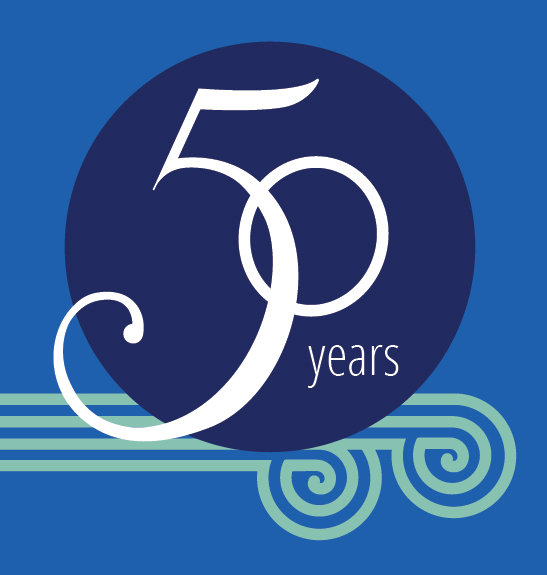 |
| 1883 | 1891 | 1893 | 1901 | 1902 | 1908 | 1915 | 1920 | 1925 | 1928 | 1930 | 1931 | 1939 | 1940 | 1944 | 1945 | 1947 | 1958 | 1961 | 1966 | 1971 | 1973 | 1977 | 1979 | 1980 | 1986 | 1990 | 1991 | 1992 | 1994 | 1998 | 2000 | 2001 | 2002 | 2004 | 2009 | 2014 | 2017 | 2023 |
|---|---|---|---|---|---|---|---|---|---|---|---|---|---|---|---|---|---|---|---|---|---|---|---|---|---|---|---|---|---|---|---|---|---|---|---|---|---|---|
| Wellington and Auckland Hospitals establish schools of nursing | Christchurch Hospital establishes a school of nursing | Dunedin hospital establishes a school of nursing | The Nurses Registration Act - New Zealand is the first country in the world to pass a separate statute for registration of nurses | Kate Wyllie becomes first Māori Registered Nurse. Caroline Stewan, qualified at Hobart General Hospital, Tasmania, becomes the first lnternat1onally Qualified Nurse (IQN) to register in New Zealand |  Ākenehi Hei becomes first Māori to register as both a nurse and midwife. Establishment of Plunket Nursing
Ākenehi Hei becomes first Māori to register as both a nurse and midwife. Establishment of Plunket Nursing |
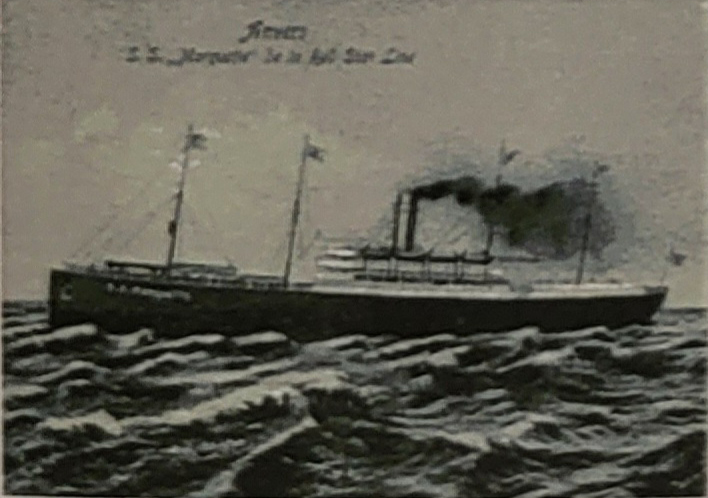 New Zealand Army Nursing Service (NZANS) established - first 50 nurses leave for service in Europe and Middle East. Ten New Zealand nurses lost their lives when British troopship Marquette is torpedoed
New Zealand Army Nursing Service (NZANS) established - first 50 nurses leave for service in Europe and Middle East. Ten New Zealand nurses lost their lives when British troopship Marquette is torpedoed |
Health Act. Division of Nursing created within Department of Health | Nurses and Midwives Registration Board established - leads to introduction of Maternity Nurse Register | Post Graduate School for nurses established in Wellington - later called the School of Advanced Nursing Studies (SANS) | Backblocks nurses, Māori health nurses and some district nurses incorporated into a single role as District Health Nurses. Nurses & Midwives Registration Board able to approve certain Private Hospitals as training schools | Napier Earthquake - 7 Napier Hospital nurses die, including some night nurses when nurses' home destroyed | Annual Practising Certificates (APCs) introduced | The first NZANS nurses leave to serve overseas in World War II | Register of Psychiatric Nurses introduced | Register of Male Nurses introduced | Frank Dixon becomes the first Registered Male Nurse in New Zealand | Revision of nursing curricula merges general and maternity nurse training into a single three-year nursing programme | Register of Psychopaedic Nurses introduced | 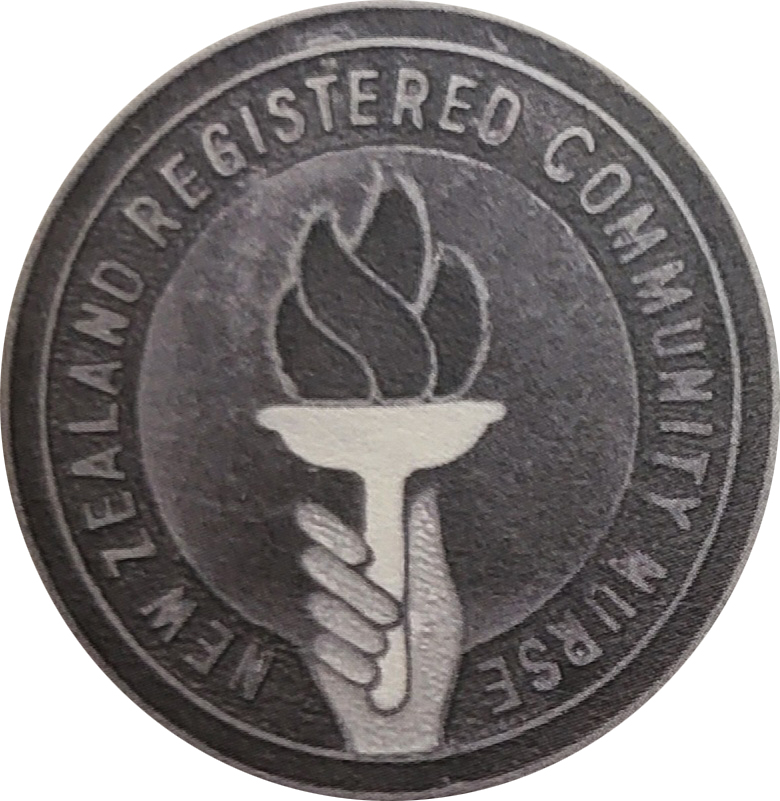 Introduction of an 18-month programme and register for Community Nurses Introduction of an 18-month programme and register for Community Nurses |
Nurses Act establishes Nursing Council of New Zealand. Carpenter Report identified need to transfer nursing education from hospitals to tertiary education sector |  Wellington and Christchurch polytechnics begin three-year pilot comprehensive nursing programmes, starting the transfer of nursing education. Massey and Victoria Universities start undergraduate courses for registered nurses Wellington and Christchurch polytechnics begin three-year pilot comprehensive nursing programmes, starting the transfer of nursing education. Massey and Victoria Universities start undergraduate courses for registered nurses |
Title of Community Nurse changed to Enrolled Nurse. Introduction of Enrolled Nurse scope of practice | Auckland, Wellington and Christchurch Technical Institutes begin one-year Advanced Diploma in Nursing programmes for registered nurses | Bridging courses for Registered Nurses start at Waikato and Nelson Technical Institutes | Bachelor of Nursing provided at Victoria University of Wellington | The Education Amendment Act enables polytechnics to award degrees | Nursing Council introduces Kawa Whakaruruhau / Cultural Safety Guidelines for nursing education. Culturally safe nursing practice is included in the state final examinations | 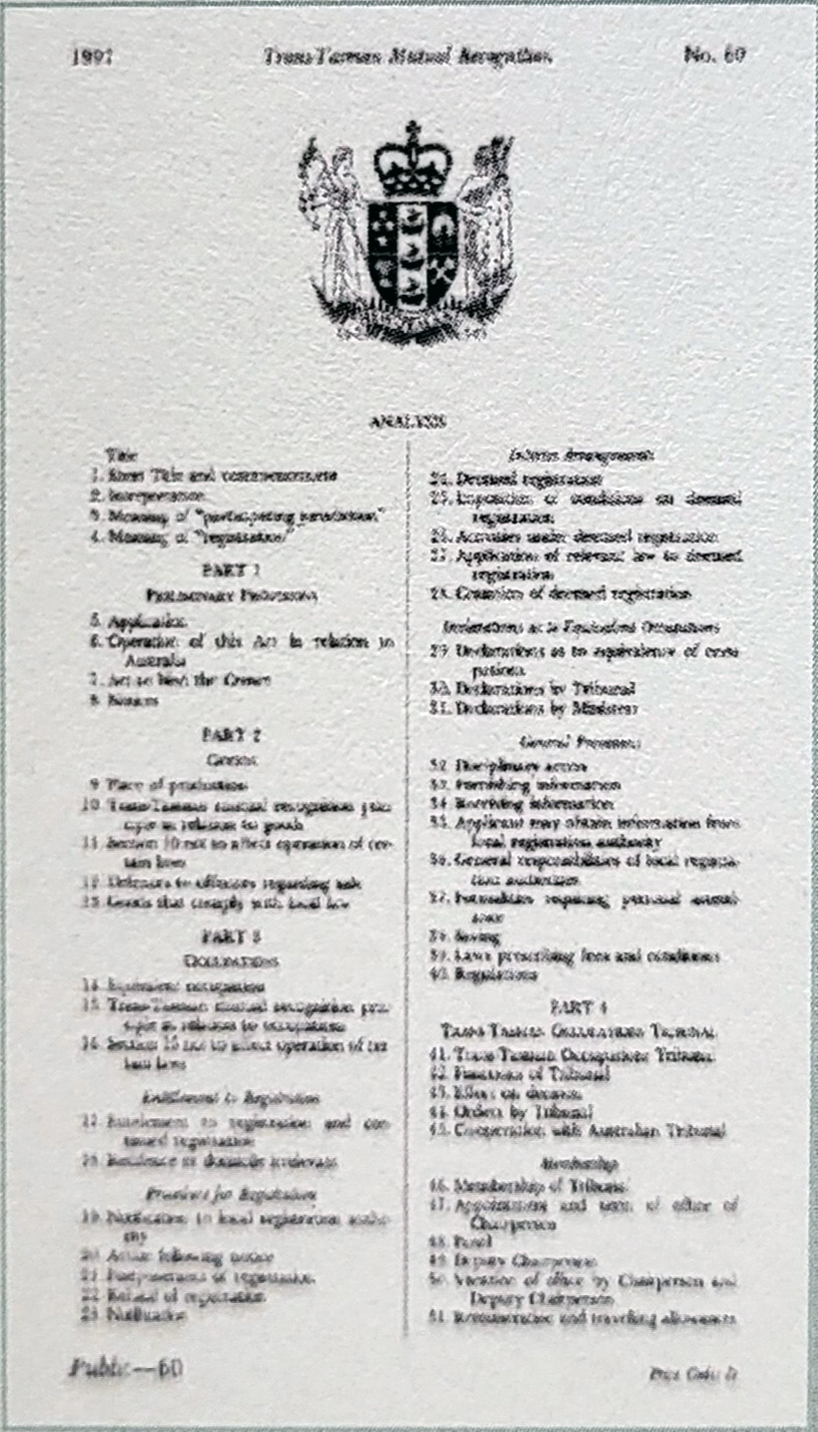 Nursing programmes become three year degree programmes Nursing programmes become three year degree programmes |
MA (Applied) in Nursing and Midwifery programmes first established at Victoria University of Wellington | Post Graduate Certificate and Diploma is first established at Otago Polytechnic | The Nursing Council commissions an independent review of the future of nursing education | Nursing groups sign a Memorandum Of Understanding with the Ministry of Health, a new scope of Nurse Practitioner is established | 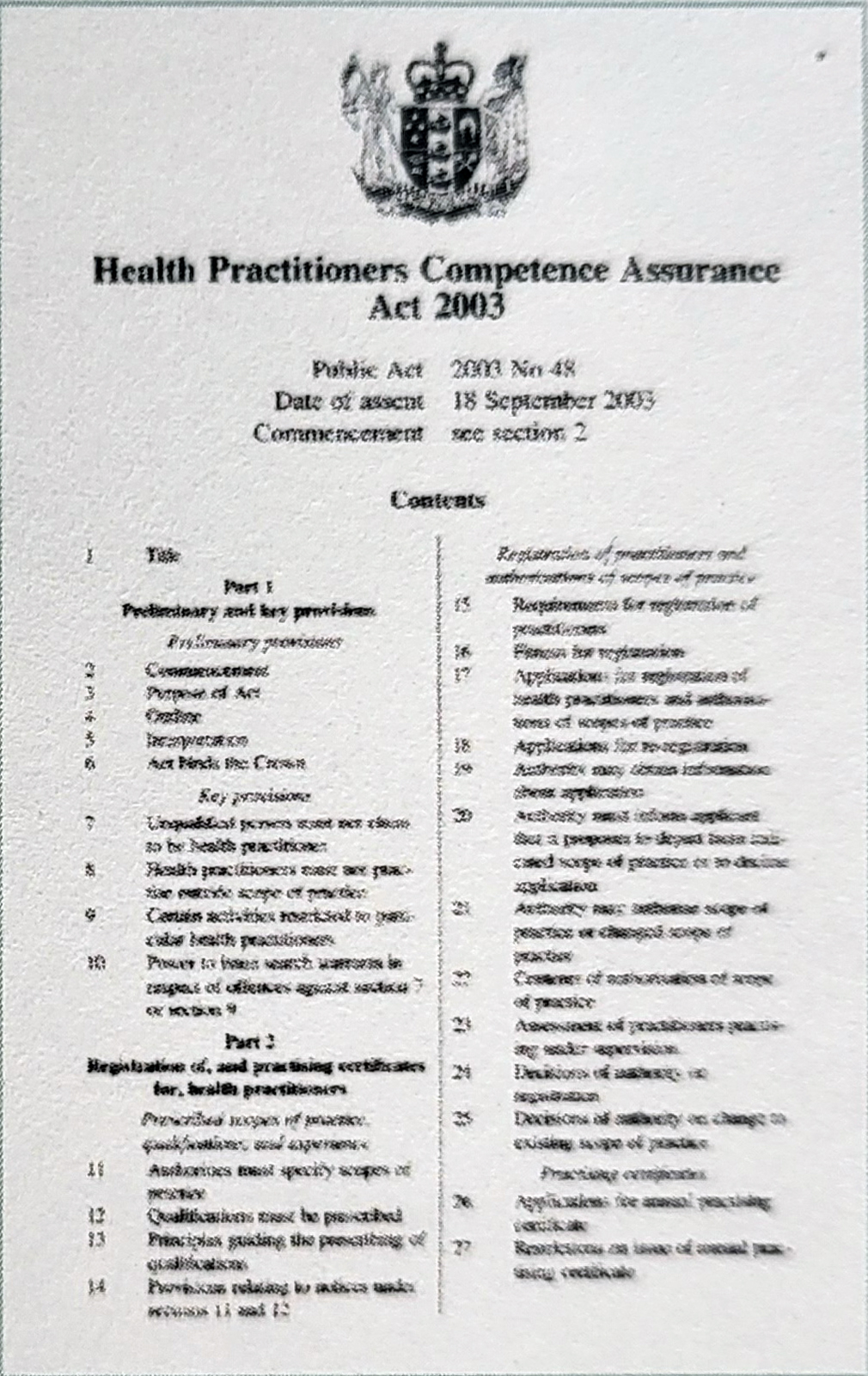 EN programme first established at Northland Polytech EN programme first established at Northland Polytech |
Bachelor of Nursing Pacific programme established at Whitireia | Bachelor of Nursing Māori Programme established at Whltireia | Graduate Entry Programme established with CPIT/ARA and University of Canterbury | Postgraduate diploma in Registered Nurse prescribing for long-term and common conditions | Major revision of the EN scope of practice |
Timeline: Te Kaunihera Tapuhi o Aotearoa — the Nursing Council of New Zealand in partnership with Te Rōpu Kaiako Tapuhi — Nursing Education in the Tertiary Sector and the Council of Deans of Nursing and Midwifery, Australia and New Zealand.
She made this shift at a time of great change in New Zealand nursing education. In 1970, the Government commissioned Toronto school of nursing head Helen Carpenter to conduct an in-depth consultation into nursing service and education. Concerns included exploitation of student nurses and their high drop-out rates.
As Sherrard observes in her account of the introduction of nursing education at Carrington Technical Institute, there were six different types of nursing programmes offered at 62 different hospitals at the start of the 1970s.
There were four different types of three-year courses leading to registration: general and obstetric nursing, male nursing, psychiatric nursing and psychopaedic nursing.
For those wanting to train as second-level nurses, there were two different 18-month courses, one for community nursing (which later became enrolled nursing) , and one for maternity nursing.
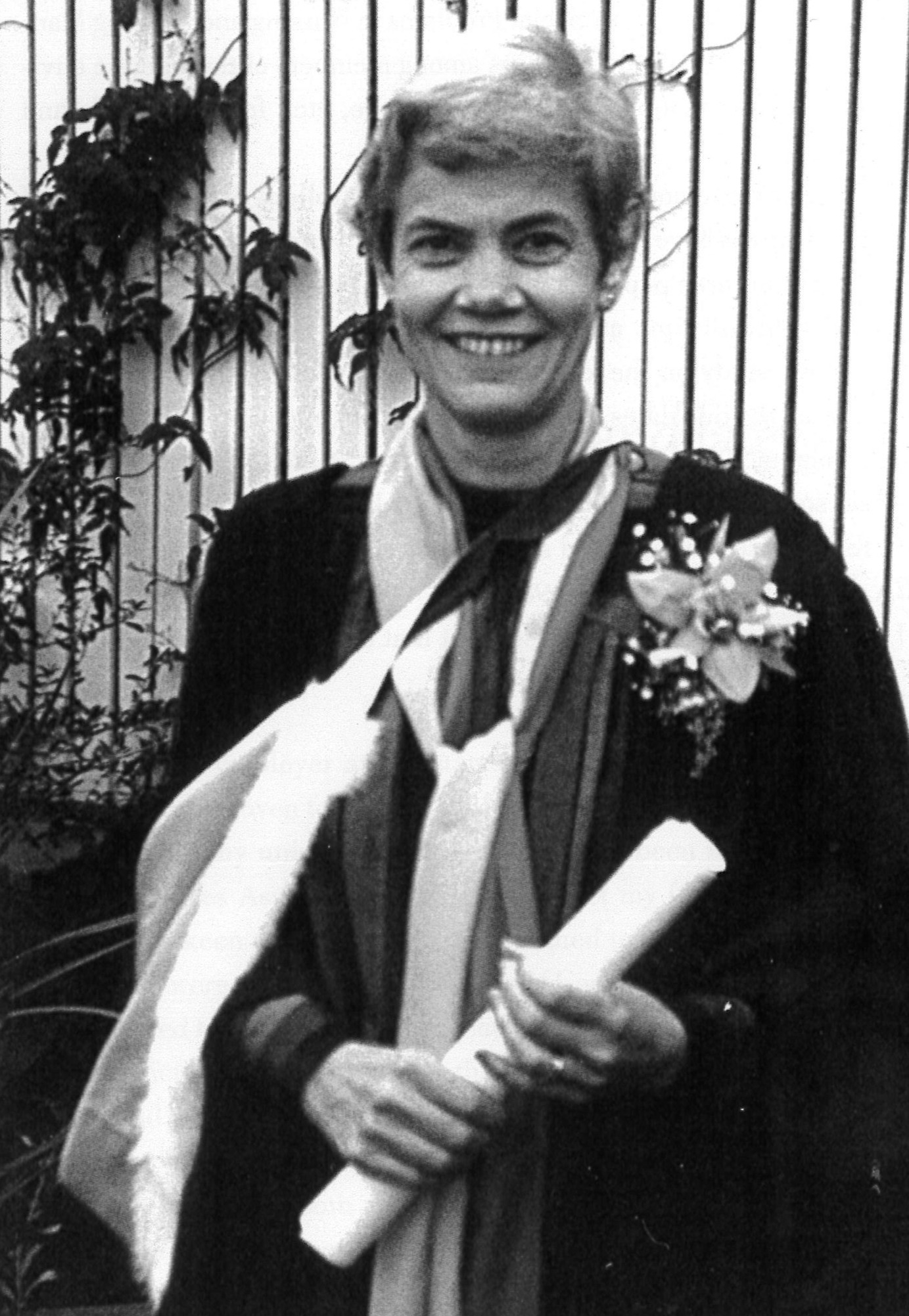
The Carpenter Report resulted in the gradual transfer of nursing education from hospital schools to tertiary education institutions, between 1973 and 1986. The process began with pilot programmes at Wellington and Christchurch polytechnics. Students were to be taught a broad curriculum, to become registered comprehensive nurses.
Sherrard, looking back on her own preparation for nursing in light of the Carpenter Report, felt hospital training “did not adequately prepare me for the areas of nursing where I had been employed”.
She had felt “inadequate” in the United States because she did not have a university degree in nursing.
Also, the “separate registers for psychiatric, psychopaedic, male and general and obstetric nurses contributed to a narrowness of focus and fragmentation of nursing services. I knew that patients in the medical and surgical wards sometimes had a psychiatric problem or illness”.
But the immediate issue for Sherrard, as the Carpenter reforms started, was that nursing tutors were expected to have advanced education.
“Originally I did not find academic study easy and I firmly believed that nursing was practical work in the real world. My difficulty was that to stay teaching I had to have a university degree,” she notes in another memoir, Good morning nurse, it’s 5 o’clock. In 1977 she enrolled as an extramural student at Massey University and as a starting point, gained a bachelor of education.
But the immediate issue for Sherrard, as the Carpenter reforms started, was that nursing tutors were expected to have advanced education.
The last two technical institutions to be granted schools of nursing were Carrington in Auckland and the new Porirua institution, Whitireia. Sherrard was hired in late 1985 as “course supervisor” to lead the new school at Carrington.
Carrington (which later became Unitec and is now the largest technical institute in the country) was at that time an institution that taught the trades, engineering, business, design and secretarial, so the nursing staff were breaking new ground.
Huge social change
They created a nursing curriculum at a time of huge social change. This included the growth of feminism and changing ideas about nursing, reflecting its evolution from being the “handmaidens of doctors” to becoming an autonomous profession, with its own ethics and body of knowledge. They were also starting to look at how they could bring te ao Māori, the Māori world view, into nursing education.
Sherrard later became dean of health and technology at Unitec, responsible for nursing, health science, horticulture and engineering, later adding medical imaging, sport science and animal science and osteopathy.
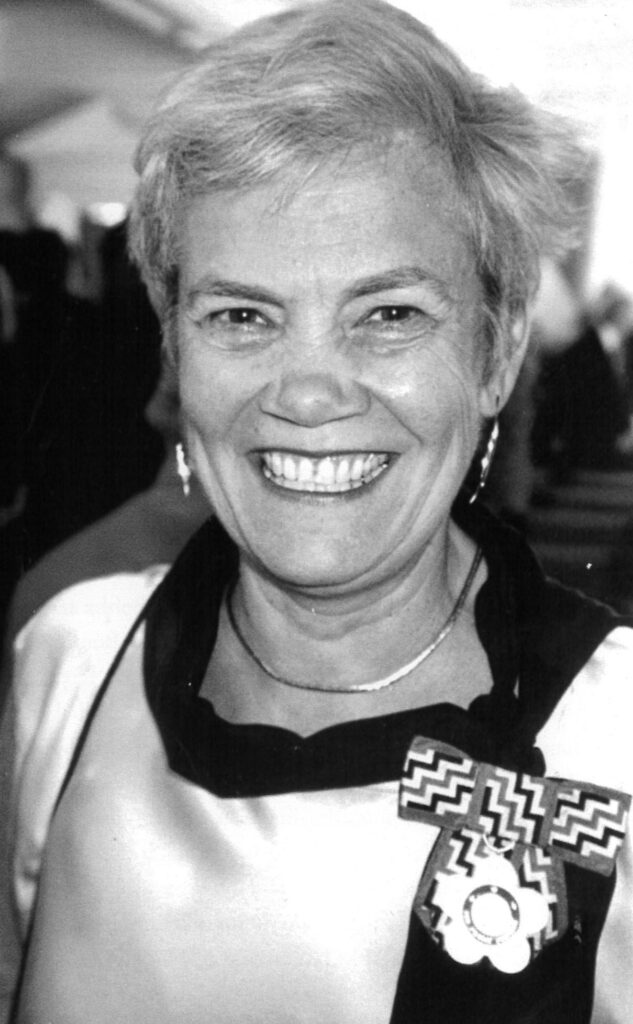
Her personal educational journey culminated with gaining a MPhil(nursing) from Massey in 1996, her thesis topic inspired by a family calamity. At age 21, her daughter Susan sustained a broken neck and severe spinal damage after being dumped by a huge wave.
Anxious to support her daughter, Sherrard searched the Unitec library for anything positive about living with a spinal cord injury and found nothing. This led her to conduct her masters research into how people with a spinal cord injury lived in the community, interviewing nine people who lived with such injuries.
She sent copies of her thesis, “Living with a damaged body”, to both of the country’s spinal injury units. “In a nutshell,” she says, “the model for living with a damaged body is a balance or a struggle between dependence and independence.”
Living positively involved discovering life as a person with a permanent disability, generating family and social support, and seeking satisfaction in work and play.
Sherrard served two terms on the Nursing Council in the 1990s and received the QSO for services to the community in 1998.
- Isabelle Sherrard’s publications My Life Story, Good Morning Nurse it’s 5 O’Clock and The Introduction of nursing education at Carrington Technical Institute are all available for loan from the NZNO library. The photos in this article are used with Sherrard’s permission.



